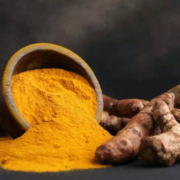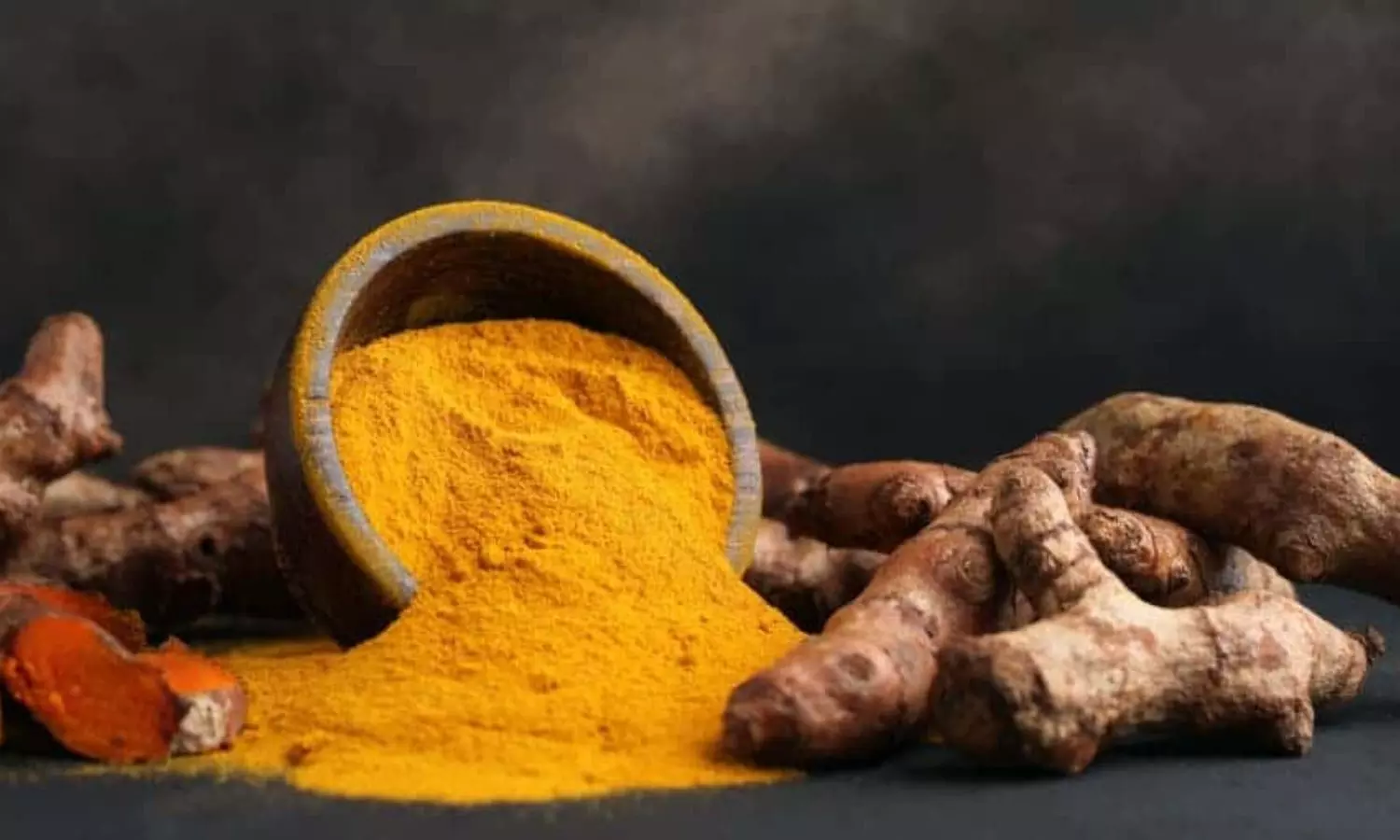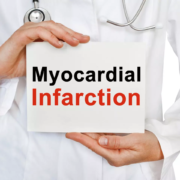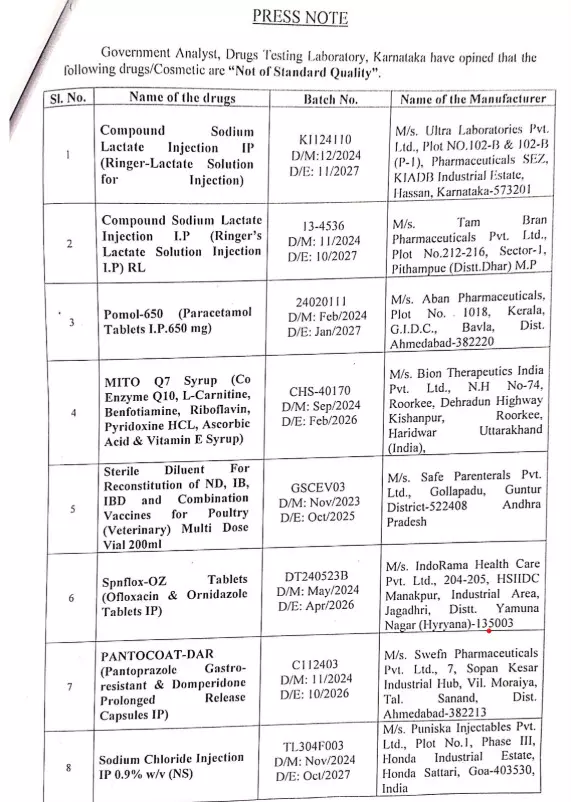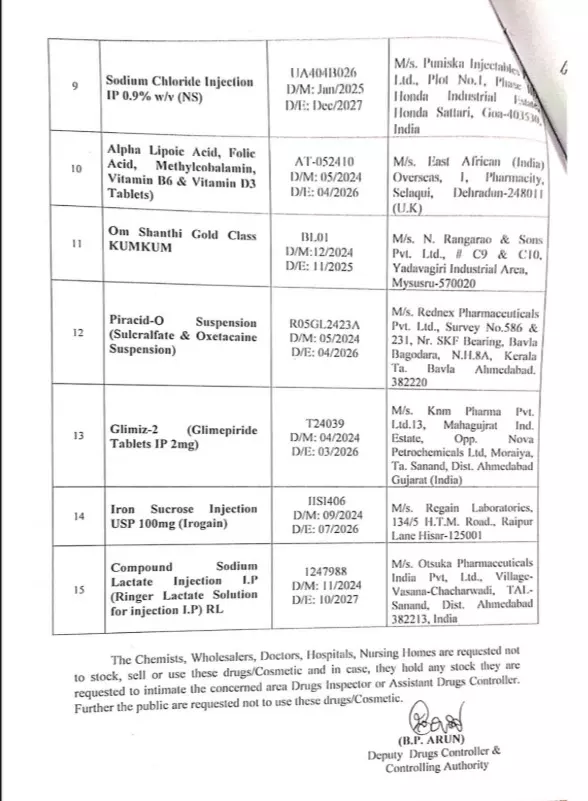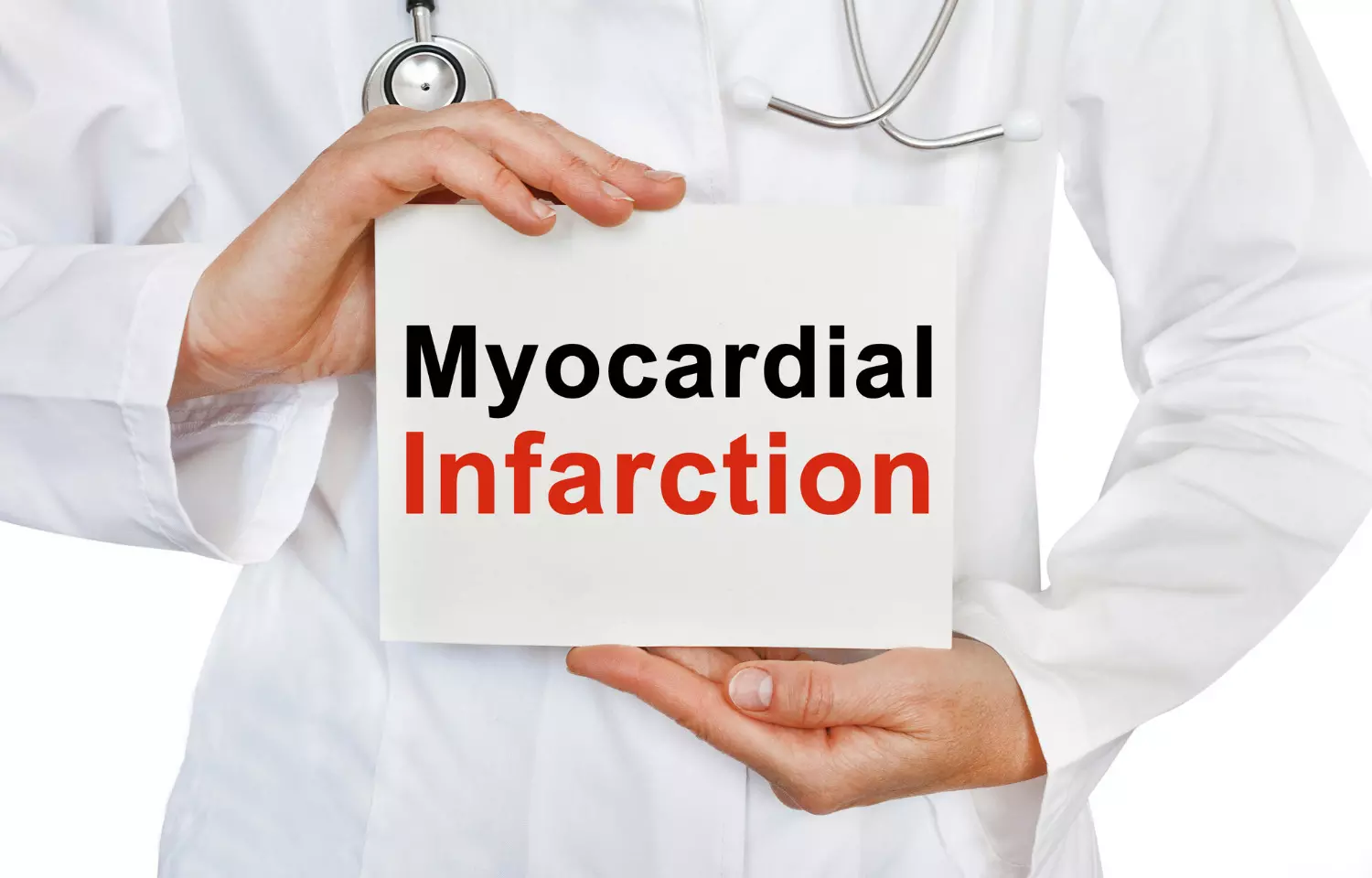
A new study published in the Journal of American Medical Association found that in patients with myocardial infarction (MI) and anemia, higher hemoglobin levels maintained by RBC transfusion could not significantly improve overall quality of life.
Anemia and MI both negatively impact health-related quality of life (QOL). By reducing symptoms and/or enhancing functional ability, red blood cell (RBC) transfusion may enhance quality of life following MI. This study was set to determine if patients with MI and anemia’s quality of life is impacted by a liberal transfusion approach as opposed to a more limited transfusion strategy.
The participants from 144 locations across 6 countries participated in the Myocardial Ischemia and Transfusion (MINT) experiment, a randomized clinical trial comparing a liberal vs. limited RBC transfusion approach, and QOL was analyzed as a predetermined secondary endpoint. Hospitalized individuals with anemia (hemoglobin [Hb] <10 g/dL) with acute MI.
This study includes patients who had QOL data gathered and those who passed away prior to the 30-day follow-up period, out of the 3504 patients who were randomized in the MINT experiment. Between April 2017 and April 2023, data were gathered, and between February 2024 and January 2025, they were examined. Patients in the MINT study were randomly assigned to either a liberal (Hb of less than 10 g/dL) or restrictive (Hb of 7 to 8 g/dL) RBC transfusion approach.
The mean (SD) age of the 2844 included patients was 71.9 (11.5 years), with 1551 (54.5%) being male. 319 (11.2%) of the 2525 individuals with QOL data passed away before to the 30-day follow-up. At 30 days after randomization, the mean and median scores for all EQ-5D-5L QOL outcomes did not differ amongst the allocated transfusion techniques.
Despite the fact that a greater proportion of patients in the liberal transfusion group than the restrictive group reported no problems at all in the domains of self-care (858 of 1271 [67.5%] vs 803 of 1254 [64.0%]), mobility (474 of 1270 [37.3%] vs 460 of 1254 [36.7%]), and usual activities (506 of 1268 [39.9%] vs 473 of 1247 [37.9%]), none of these differences were statistically significant.
There was no correlation between mean differences in any QOL outcome and the assigned transfusion technique, according to adjusted mixed-effects linear regressions. A liberal transfusion approach was linked to higher QOL scores in functional capacity domains, according to adjusted regressions in a number of predefined subgroups.
However, the effects were only statistically significant in patients who had previously experienced heart failure (Health Today rating: β, 2.06 [95% CI, −0.23 to 4.35] vs −1.44 [95% CI, −3.81 to 0.92]; P =.04). Overall, based on this study, individuals with MI and anemia may not have a discernible improvement in their overall quality of life from increased Hb levels maintained by RBC transfusion.
Source:
Prochaska, M. T., Portela, G. T., Brooks, M. M., Fergusson, D. A., Hébert, P. C., Polonsky, T. S., Caixeta, A., Cooper, H. A., Crozier, I., Daneault, B., Kim, S., Bainey, K. R., de Barros E Silva, P., Goldfarb, M., Gupta, R., Rao, S. V., Fonteles Ritt, L. E., Simon, T., & Carson, J. L. (2025). Transfusion strategy effect on quality of life in patients with myocardial infarction and anemia: A secondary analysis of the MINT randomized clinical trial. JAMA Internal Medicine. https://doi.org/10.1001/jamainternmed.2025.0654









